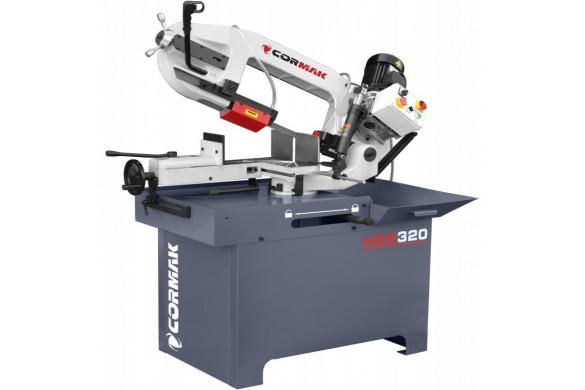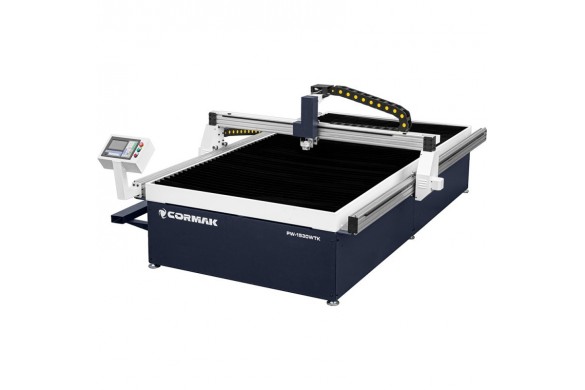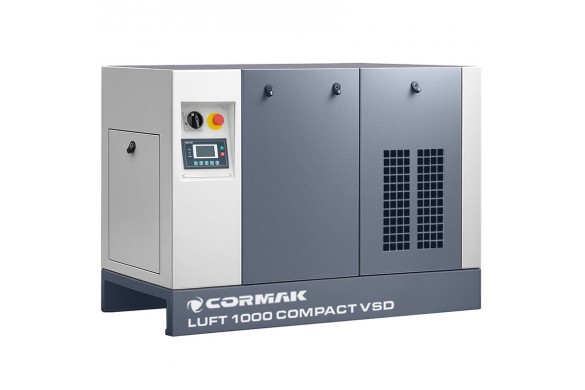How Does a Lathe Work?

How Does a Lathe Work?
A metal lathe is one of the most important machines in metalworking. Its operation involves rotating the workpiece while a cutting tool removes excess material, shaping it into the desired form. This process allows for precise dimensions and smooth surfaces on metal components.
Basic principle of a lathe
In a lathe, the workpiece (a rod, shaft, or tube) rotates around its axis while the cutting tool moves along it, removing material in chips. The operator sets spindle speed, feed rate, and cutting depth, allowing for external, internal, or face turning, as well as threading and drilling.
Common machining operations
- External turning – machining the outer surface of a shaft or sleeve.
- Internal turning – creating or enlarging holes.
- Taper turning – producing conical surfaces.
- Thread cutting – making internal or external threads.
- Drilling and parting – creating holes and separating components.
Modern CORMAK lathes
CORMAK lathes combine durability, precision, and modern CNC control. They ensure accurate and repeatable turning operations, offering stability and long service life. CORMAK’s advanced machines are perfect for both small workshops and industrial applications.
Summary
Working on a lathe requires precision and understanding of metal cutting processes. With CORMAK CNC lathes, turning becomes more efficient and automated without sacrificing quality. Choose CORMAK lathes – a symbol of European precision and reliability.





